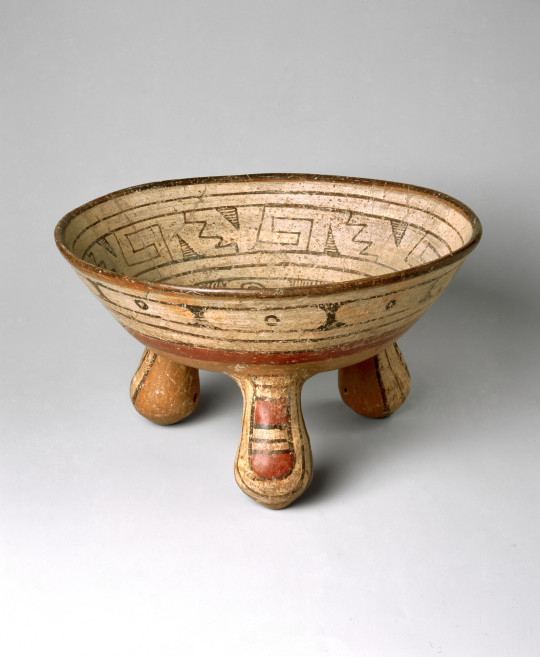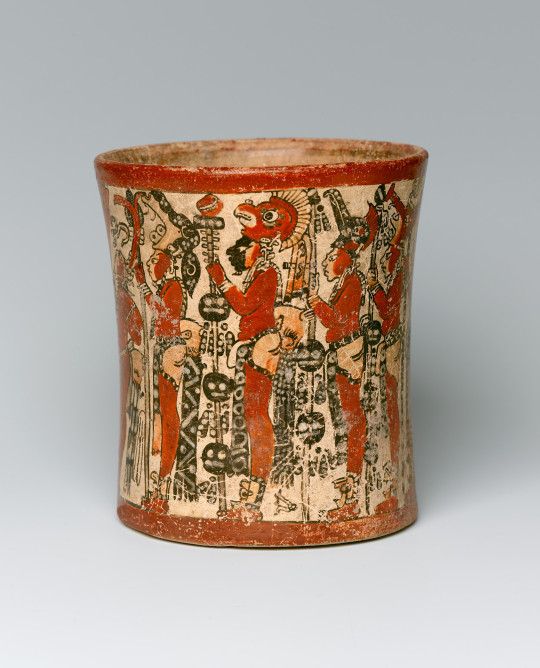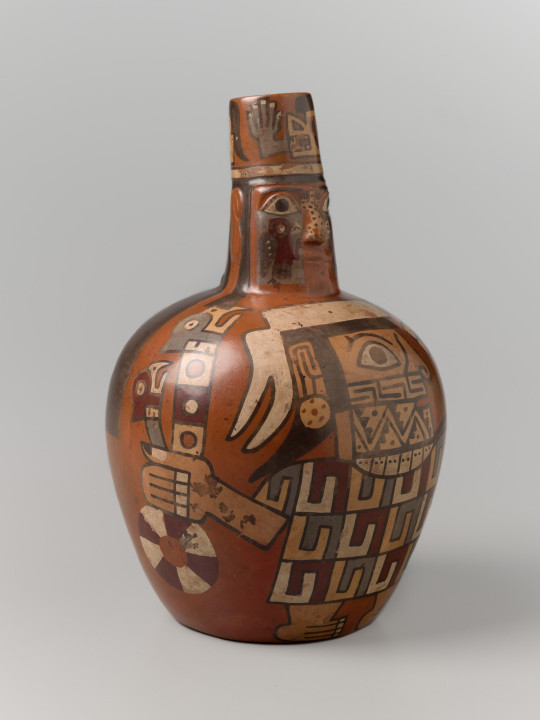#indigeneous art




On #EarthDay and every day, we make an effort to acknowledge that we stand on land that is part of the unceded, ancestral homeland of the Lenape (Delaware) people. We are committed to addressing exclusions and erasures of Indigenous peoples, and confronting the ongoing legacies of settler colonialism in our work. By actively seeking collaborators, experience and perspectives from Indigenous communities, we work to ensure that our programming, resources and the ongoing community fostered at the Museum is inclusive of Native people.
Indigenous communities across the country have endured the catastrophic impacts of climate change but the situation has an even longer history rooted in the legacies of European colonialism. The artworks shown here are just a few examples of the varied and complex worldviews expressed by Indigenous artists impacted by environmental destruction.
These objects are part of “Climate in Crisis: Environmental Change in the Indigenous Americas,” on view in the Arts of the Americas Galleries on the fifth floor. The exhibit follows the effects of glacial melt, droughts, wildfires, overexploitation of resources, displacement, and extreme violence, as well as the work being done by Indigenous community organizers to counter the climate crisis and protect the planet.
Aztec. Seated Figure of the Wind God (Ehecatl), ca. 1440-1521. Stone. Brooklyn Museum, By exchange, 48.22.6. Creative Commons-BY ⇨ Mixteca-Puebla. Tripod Bowl with Skull, 1000-1500. Ceramic, pigments. Brooklyn Museum, Carll H. de Silver Fund, 64.51.1. Creative Commons-BY ⇨ Maya. Cylindrical Vessel, ca. 550-950 C.E. Ceramic, pigment. Brooklyn Museum, Gift in memory of Frederic Zeller, 1998.176.2. Creative Commons-BY ⇨ Wari. Face Neck Jar, 650-1000 C.E. Ceramic, slip, pigments. Brooklyn Museum, Henry L. Batterman Fund, 41.418. Creative Commons-BY
